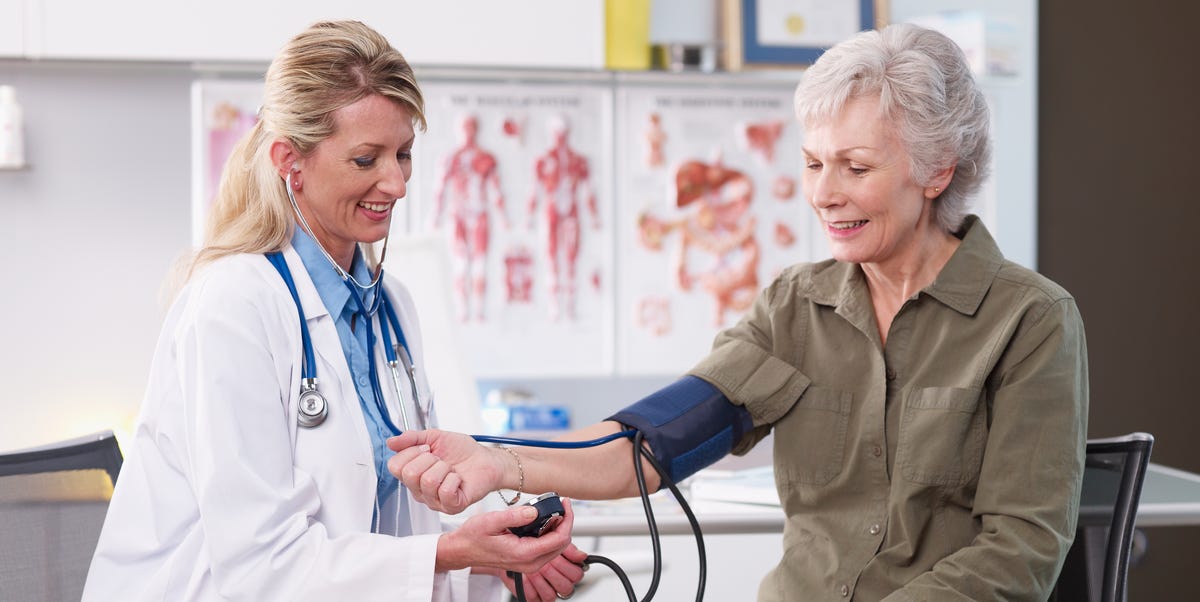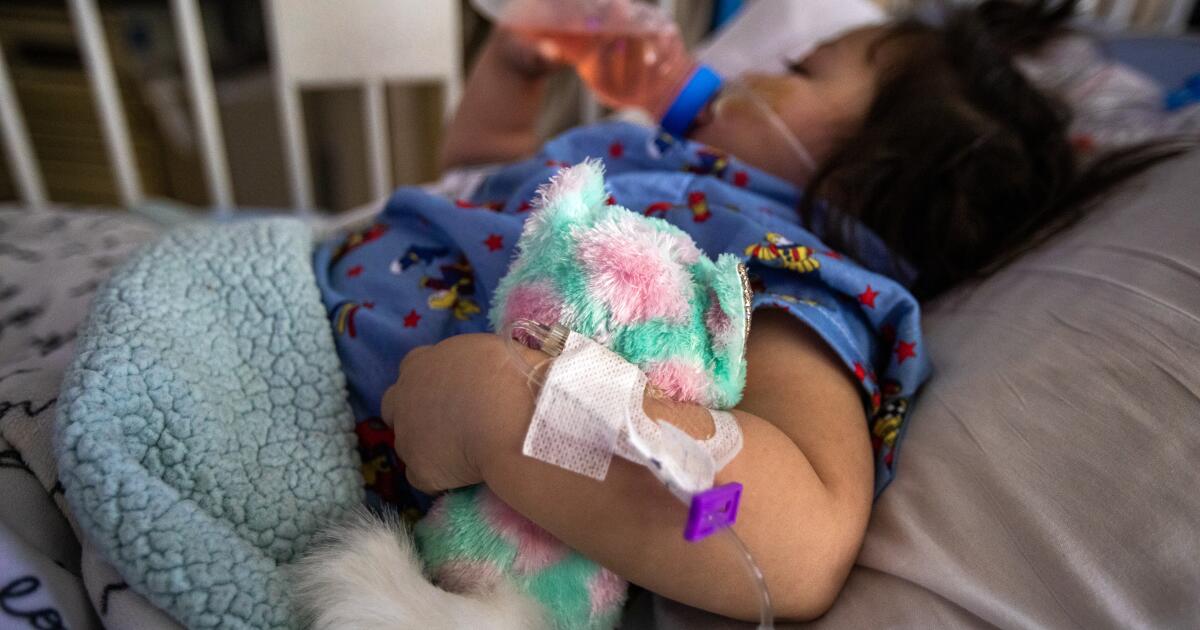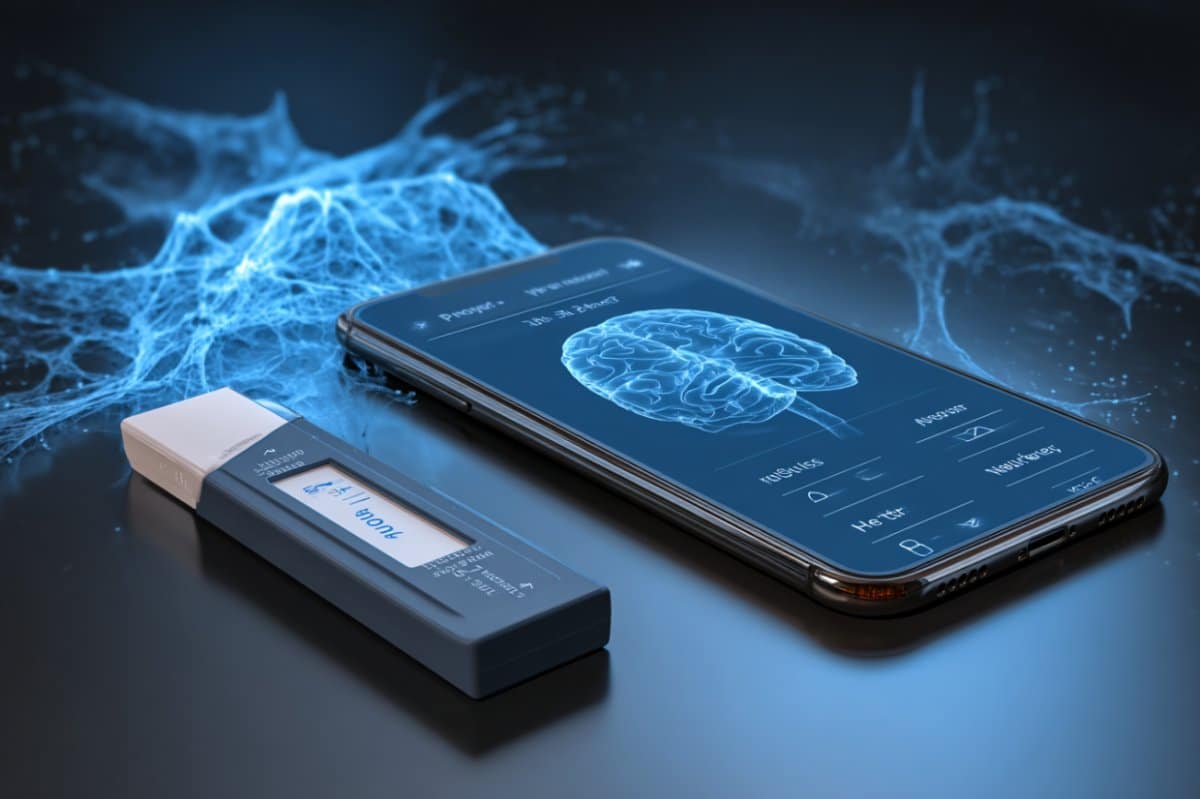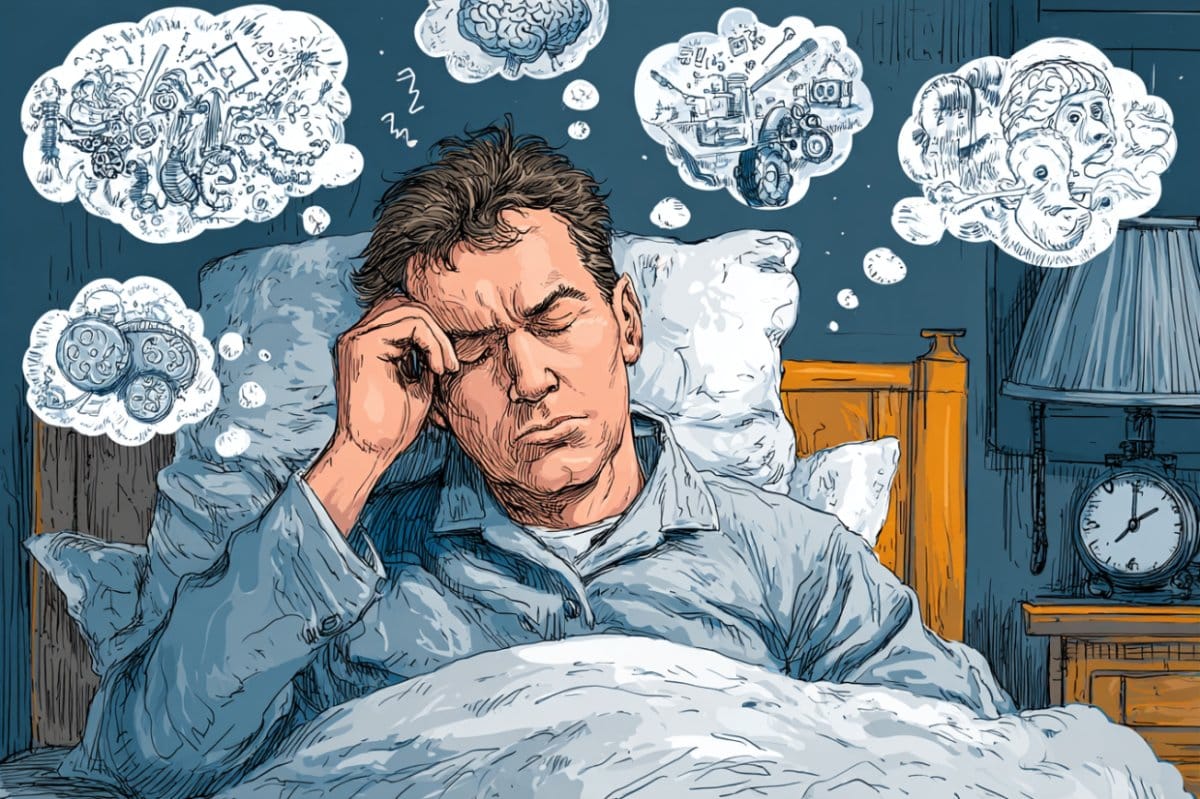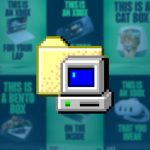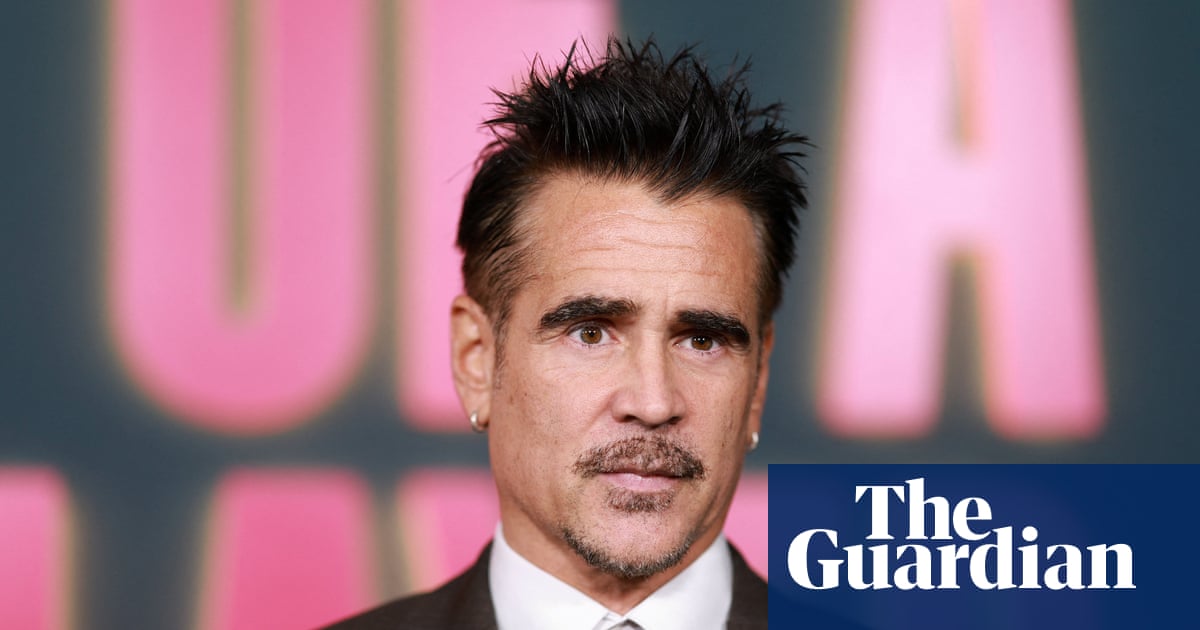Newsday
DR NICHOLAS N MARAJ
For 52-year-old Chaguanas market vendor, Anita B, it began with a searing headache, a pain so violent she described it as “a thunderclap in my head.” Then came the nausea, the blurred vision and the collapse. Rushed to the Eric Williams Medical Sciences Complex (EWMSC) in Mt Hope, a CT scan revealed the culprit: a haemorrhagic stroke. A weakened blood vessel, an aneurysm, had burst in her brain, unleashing a torrent of blood that damaged critical tissue.
Anita’s story is no longer an anomaly in Trinidad and Tobago. On this World Stroke Day (October 29), medical professionals are sounding a stark alarm: stroke is not just a disease of the elderly, and its devastating footprint – encompassing both the familiar ischaemic stroke and the less common but often more deadly haemorrhagic stroke – is expanding rapidly across TT, with profound economic and social consequences.
The two-faced problem: clots and bleeds
While “stroke” is often used as a single term, it describes two distinct medical catastrophes.
The majority, accounting for about 85 per cent of cases, are ischaemic strokes. These occur when a clot blocks a blood vessel supplying the brain, starving brain cells of oxygen. The primary drivers here are the well-known “Trinidadian comorbidities”: high rates of hypertension, diabetes, high cholesterol and obesity, often fuelled by diets rich in salt, sugar and processed foods.
The less common, but frequently more devastating, type is the haemorrhagic stroke, which makes up the remaining 15 per cent. This is what Anita suffered. It happens when a weakened blood vessel ruptures and bleeds into the surrounding brain. A leading cause of this is a cerebral aneurysm – a thin, ballooning spot on an artery wall, like a weak spot on a tyre. For many, an aneurysm is a silent time bomb, presenting no symptoms until the moment it ruptures.
The risk factors for both types of stroke are tragically similar and highly prevalent in our society. Uncontrolled hypertension is public enemy number one. For ischaemic stroke, high blood pressure damages and clogs arteries over time. For haemorrhagic stroke, that relentless pressure is often the very force that causes a pre-existing aneurysm to burst. It’s the same match, lighting two different fuses.
A disturbing trend: The young are not immune
The most alarming shift in the stroke landscape is its increasing incidence among younger adults – those in their 30s, 40s and 50s. The “junk food culture,” sedentary lifestyles and unmanaged stress are creating a perfect storm.

We are seeing productive members of society, breadwinners with young families, being struck down. The notion that stroke is a “grandfather’s disease” is a dangerous and outdated myth. The data from our wards tells a very different story.
This trend carries a heavy double burden. The direct medical costs of emergency care, rehabilitation and long-term medication are immense. But the indirect costs – lost income, a family thrust into poverty, the emotional toll on children who must become caregivers, the loss of a nation’s productive workforce – are perhaps even more crippling.
BEFAST: The acronym that saves lives
In the face of a stroke, time is brain. For every minute a stroke goes untreated, an estimated 1.9 million brain cells are lost. This is why the BEFAST campaign is critical public health knowledge for every citizen.
· B – Balance: Is the person suddenly having trouble with balance or coordination?
· E – Eyes: Is there sudden blurred or double vision, or a loss of vision in one or both eyes?
· F – Face: Ask the person to smile. Does one side of the face droop?
· A – Arms: Ask the person to raise both arms. Does one arm drift downward?
· S – Speech: Is the person’s speech slurred or strange? Ask them to repeat a simple sentence.
· T – Time: If you observe any of these signs, it is
time to call 811 immediately. Do not drive to the hospital yourself. Do not wait to see if it gets better.
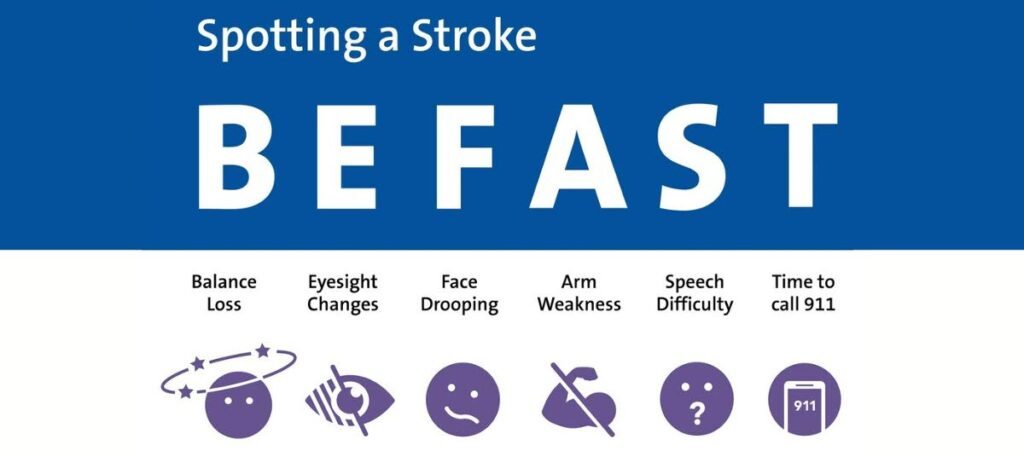
With a ruptured aneurysm, the ‘B’ for balance and an exceptionally severe, sudden headache are often the key differentiators. But the message is the same: BEFAST. Act immediately.
The race against time: treatment breakthroughs
The silver lining in this crisis is the advancement in acute stroke treatment, available at the EWMSC and other major institutions.
For ischaemic strokes, the gold standard is thrombolysis – the administration of a “clot-busting” drug. This drug can dissolve the blockage and restore blood flow, but it is only effective if given within a narrow 4.5-hour window from the onset of symptoms (though newer studies are aiming to lengthen this window)
For larger, more stubborn clots, there is thrombectomy. This is a minimally invasive procedure where a specially trained physician threads a catheter through an artery in the groin up to the brain, physically retrieves the clot, and removes it. This revolutionary procedure can be performed up to 24 hours after symptom onset for some patients and has dramatically improved outcomes, turning potential life-long disabilities into full recoveries.
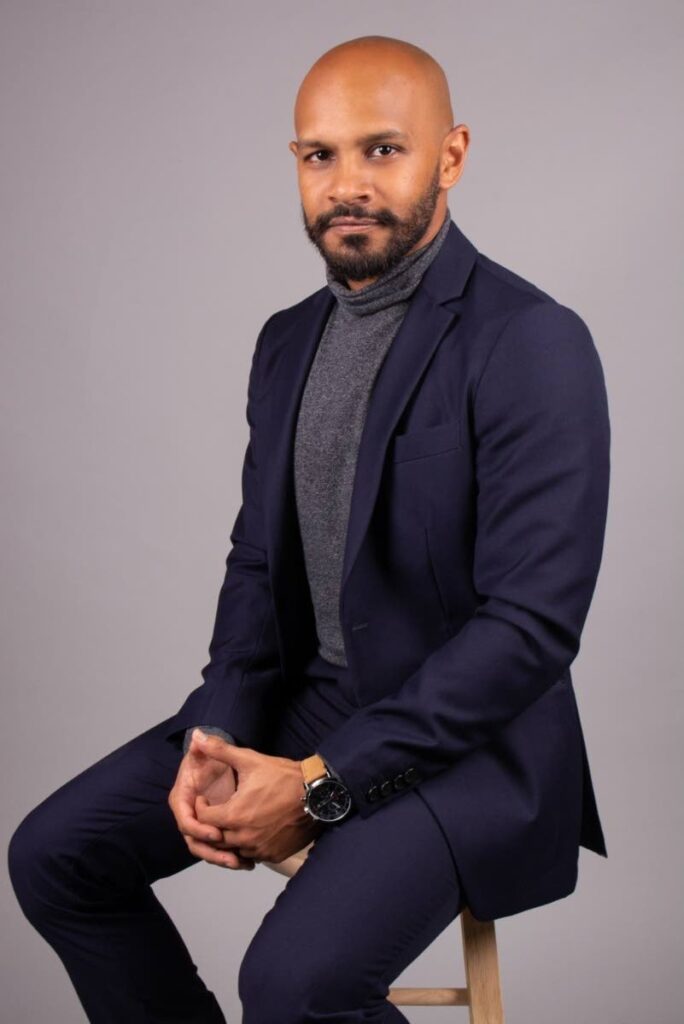
For haemorrhagic strokes, treatment is more complex and focuses on controlling the bleed and reducing pressure on the brain. This can involve medication and, in some cases, delicate neurosurgery to clip the neck of the aneurysm or to coil it from within the vessel to prevent further bleeding.
The existence of these treatments is why BEFAST is non-negotiable. We have the tools, but they are only useful if the patient reaches us in time. Delays at home are our biggest adversary. Calling 811 the moment you see the signs is the single most important action you can take.
A national call to action
On this World Stroke Day, the message from TT’s medical community is clear: stroke is a preventable, treatable, but time-sensitive dilemma. Combating it requires a multi-pronged approach – from public education about BEFAST and aggressive management of hypertension, to national policies that promote healthier diets and active living.
For survivors like Anita, who faces a long road of rehabilitation, the fight is personal. “I tell everybody, check your pressure, mind what you eat,” she says, her speech still slightly halting. “Don’t let the storm catch you by surprise. It’s real.”
The hope is that through awareness, swift action and a collective commitment to health, TT can weather this storm and protect its most vital resource, its people.
Dr Nicholas N Maraj is a consultant neurologist at the Eric Williams Medical Sciences Complex, Mt Hope.
First Appeared on
Source link





